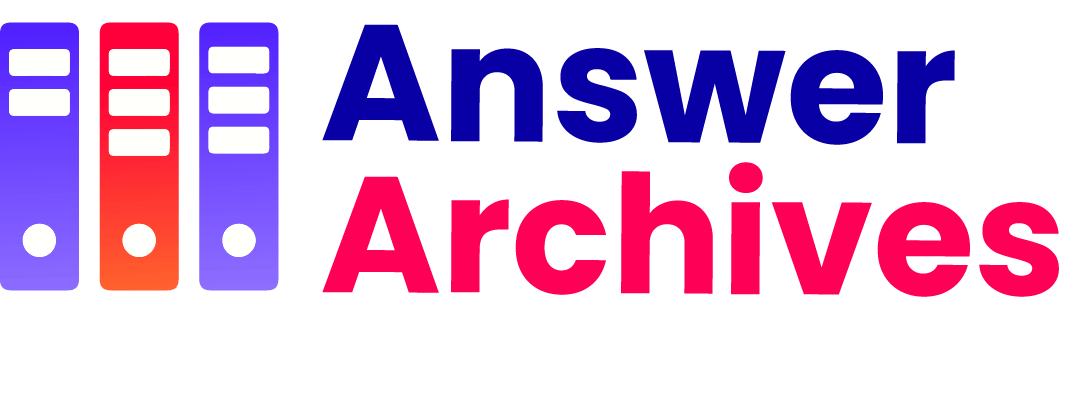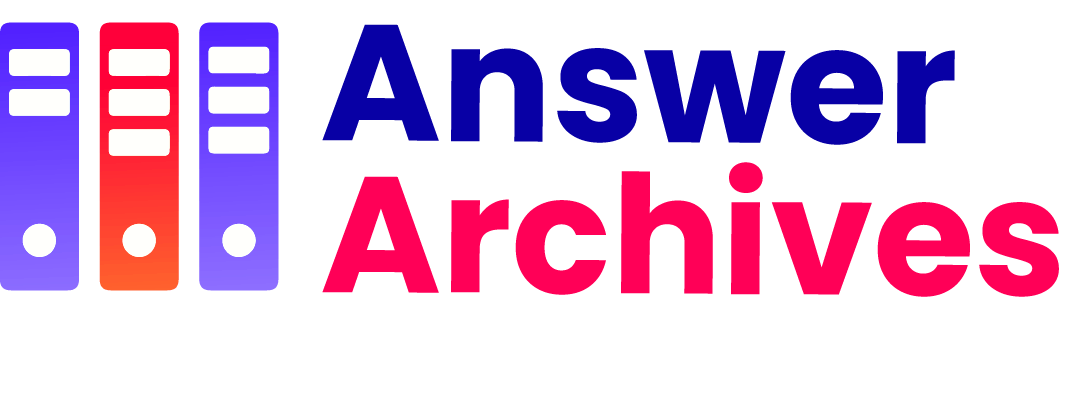Table of Contents
Immigration to the United States is a dream for many, but securing the proper visa can be a complicated process. This guide provides a thorough understanding to help you navigate the pathway successfully.
Understanding the U.S. Visa Types
Embarking on the journey to obtain a U.S. visa begins with understanding the various types available. Broadly, there are two categories: non-immigrant visas and immigrant visas. Non-immigrant visas are for individuals who wish to visit the U.S. temporarily for tourism, business, education, or specific work assignments.
Popular types include the B-1/B-2 for business/tourism, F-1 for students, and H-1B for skilled workers. On the other hand, immigrant visas are for those intending to live permanently in the U.S., such as family-sponsored visas, employment-based visas, and the Diversity Visa Lottery. Additionally, specific programs like the K-1 fiancé visa cater to individuals engaged to U.S. citizens. Understanding these distinctions is crucial, as each visa type has unique eligibility requirements, application processes, and time frames. Deciding the appropriate category and specific type is a foundational step in your visa journey, ensuring a tailored and efficient application process.
The Application Process: Step-by-Step
Once you&8217;ve determined the appropriate visa type, the application process unfolds in several systematic steps. For non-immigrant visas, the process generally starts with filling out the DS-160 form online, a detailed document requiring comprehensive personal, educational, and professional information. After submitting the form, you must pay the visa fee, which varies depending on the visa category. Upon payment confirmation, scheduling an appointment at the nearest U.S. embassy or consulate follows. This appointment typically involves biometric data collection, such as fingerprints, and an in-person interview with a consular officer. Preparation is key—be ready to substantiate your ties to your home country, purpose of travel, and financial capabilities. For immigrant visas, the process might start with a petition filed by a U.S. sponsor, typically a family member or employer. Once approved, you&8217;ll complete the DS-260 form and undergo a similar interview process. Medical examinations, additional documentation, and background checks are standard components. This step-by-step approach ensures that all required information is accurately and thoroughly presented, significantly boosting your chances of approval.
The Interview: Preparation and Tips
The visa interview is a critical hurdle where many applicants feel most anxious. However, thorough preparation can mitigate much of this anxiety. First, review your DS-160 or DS-260 form responses to ensure consistency; discrepancies can raise red flags. Gather all supporting documents, including financial statements, employment verification letters, or academic credentials, as appropriate. Dress conservatively and professionally to make a positive first impression. The interview questions often revolve around the purpose of your visit, your plans in the U.S., and your intentions to return to your home country for non-immigrant visas. Honest, concise, and specific answers are crucial. Demonstrating strong ties to your home country, such as family, employment, or property, can reassure the consular officer of your intent to return. For immigrant visas, be prepared to discuss your relationship with your U.S. sponsor or details about your employment offer. Remember, the consular officer&8217;s goal is to ascertain the credibility of your application. Practicing potential questions and answers with a friend or mentor can help improve your confidence and delivery, making this stage less daunting and more manageable.
Overcoming Common Challenges
Despite meticulous preparation, applicants may encounter various challenges during the visa process. One common issue is incomplete or incorrect documentation. Ensuring every piece of required information is precise and thorough can prevent delays or denials. Another frequent hurdle is demonstrating insufficient ties to the home country for non-immigrant visas. Strong, tangible evidence, such as property ownership, ongoing employment, or familial responsibilities, is critical. Additionally, language barriers during the interview can pose challenges; practicing with a fluent speaker can help. Misunderstandings or incorrect assumptions about visa eligibility can also derail your application. Thorough research or consulting an immigration attorney can provide clarity on specific requirements and help avoid missteps. Financial proof, another common challenge, necessitates a clear and robust demonstration of your capacity to support yourself during your stay. This could involve bank statements, affidavits of support, or sponsorship letters. Navigating these challenges with diligence, honesty, and thoroughness significantly enhances your prospects of a successful visa application, turning obstacles into manageable tasks.
Post-Approval: Next Steps and Arrivals
Gaining visa approval is a significant milestone, but it&8217;s not the final step on your journey. Once approved, you’ll receive a visa stamp on your passport, indicating your visa type, validity period, and the number of entries allowed. It&8217;s crucial to note the visa expiration date and any specific conditions or restrictions. Prior to departing for the U.S., double-check all travel requirements, including a valid passport, necessary vaccinations, and customs regulations. Upon arrival, you must go through U.S. Customs and Border Protection (CBP) at the port of entry, where officers will review your visa and other documents. It&8217;s essential to have your arrival documents accessible and organized, including your visa, passport, and any supporting paperwork. Be prepared to answer questions regarding your stay&8217;s purpose and duration. Remember, holding a visa doesn’t guarantee entry; the CBP officer has the discretion to grant or deny admission based on their assessment. After successfully entering the U.S., adhering to your visa terms and maintaining legal status is paramount. This includes understanding your rights and responsibilities, compliance with duration limits, and any required actions, such as address registration or employment authorizations. Navigating these post-approval steps ensures a smooth transition into your life in the U.S., paving the way for a fruitful and positive experience.


